I'm just starting to use R so it is possible that I'm not understanding the functions correctly.
I have length and age data from the literature and I have measured some specimens. I need to find the age of these specimens I measured based on the growth equation that I have calculated from the literature.
Here is a small example from my data:
#Example data
length <- c(0.06,0.087,0.147,0.241,0.615,1.49,2.42)
age <- c(1.3, 2.6, 3.3, 3.9, 5.45, 8, 10.5)
#Polynomial function second degree
growth <- lm(length ~ poly(age, 2, raw=TRUE)-1)
#Need to use this equation to predict x (age) given y (length)
#New y data
mydata_length <- c(0.72,1.82,0.41,0.28)
To calculate age (x) given my data (y) I've tried multiple solutions, and I think the function spline() would be the right solution. Though, it looks like it keeps giving me only 1 of the 2 possible solutions for the polynomial equation, and it is the wrong one.
Since it's a growth curve, it starts from the origin and I need the positive solutions to the equation. If I input the coefficients in another software to solve the equation, I can actually get both solutions including the one I need, that I report here. This is a very time consuming solution though, and not great for reproducibility.
#Spline doesn't give the correct results
xvals <- spline(x = growth$fitted.values, xout = mydata_length)$y
#xvals
#[1] -0.01614070 0.09184022 -0.05031075 -0.06537486
#Expected results
#5.88 9.08 4.56 3.85
Plot of growth function with expected results:

Is there a function within R to find the results I am looking for? I have other data that better fit to a linear regression, so a function to the same but with a linear model would be great to have too.
SOLUTION
I've found a way to obtain what I am looking for, probably not in the prettiest way but it works.
#Calculate age (x) based on my length data (y)
library(polynom)
#Save coefficients
coeffs <- growth$coefficients
#Create function for groth, 0 as intercept
growth_f <- polynomial(c(0, coeffs))
#List of specimen names - row names of y data frame
specimens <- c("sp1", "sp2", "sp3", "sp4")
#Row names for x (calculated age) data frame
rows <- c("discard","keep")
#New data frame with y (length) data
mydata_length_df <- data.frame(mydata_length, row.names = specimens)
#Matrix for calculated age results
x <- matrix(nrow = 2, ncol = nrow(mydata_length_df))
#Make data frame
x <- data.frame(x)
#Set row and column names
rownames(x) <- rows
colnames(x) <- specimens
#Loop to calculate both results of the polynomial for all specimens - second row is the one to keep
for(i in 1:4) {
x[i] <- data.frame(solve(growth_f, mydata_length_df[i,]))
}
x
# sp1 sp2 sp3 sp4
#discard -4.996448 -8.189725 -3.671227 -2.965612
#keep 5.889859 9.083136 4.564638 3.859024
#Transpose to match rest of the data
x <- t(x)
#Data frame with both length and calculated age
new_results <- data.frame(length = mydata_length, calc_age = x[,2])
new_results
# length calc_age
#sp1 0.72 5.889859
#sp2 1.82 9.083136
#sp3 0.41 4.564638
#sp4 0.28 3.859024

